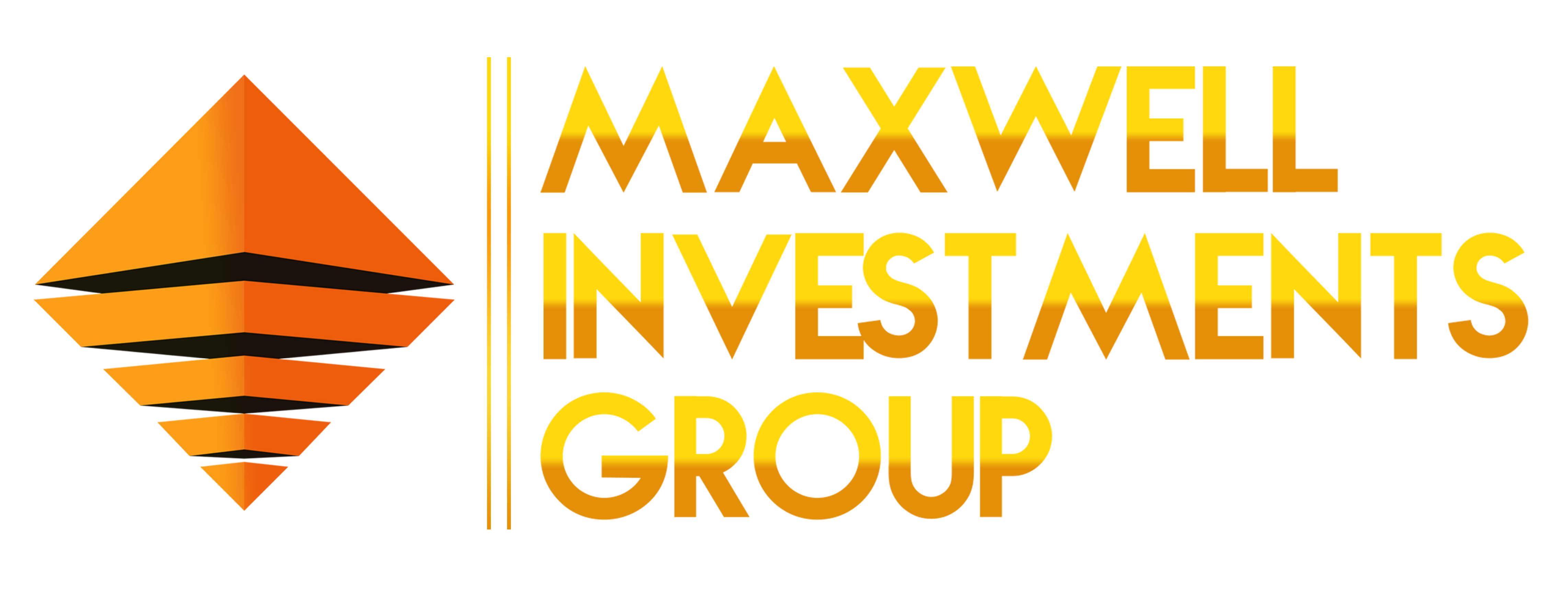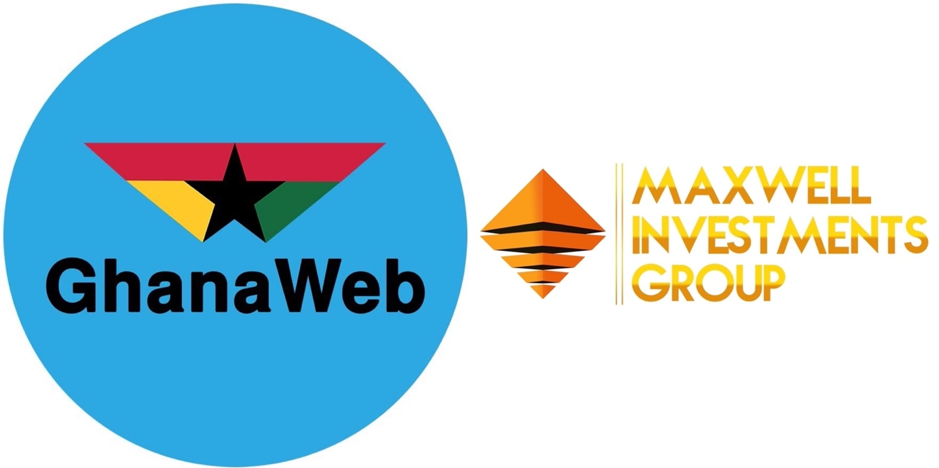Types of Intelligence
Have you ever wondered why, whilst in school, a particular student solved all the difficult maths questions effortlessly? Have you also wondered why on the tracking field, a particular athlete appears to have been born with two hearts? On the job market, have you also wondered why some salesmen almost always exceed their target while you struggle to sign just a single client? In the face of adversity, how come he gets to keep a cool head while you are almost losing it? The answers to these are in their genetics, personalities, and intelligence. It could seem pointless to describe a term so basic. After all, we have all heard this word countless times and are likely familiar with its overall meaning. However, the idea of intelligence has been a hotly contested subject among psychologists for many years. The study of human intelligence, by way of history date back to the late 1880s. Since then, many psychologists have attempted to capture in essence through theories due to their fluidity. Thus, while some argue that, intelligence is a general ability, others believe it comprises specific skills and talents. See for instance; Spearman’s General Intelligence (g) theory. Spearman set out his theory in 1909, based on a technique called factor analysis. The conclusion at the end of Spearman’s General intelligence theory was that; there is a single g-factor that describes a person’s overall intelligence across different abilities, and that a second component, s, describes a person’s specific competence in one particular field (Spearman, as cited in Thomson, 1947). After Spearman, several theorists have gone on to challenge the view of Spearman. For instance, Howard Gardner in his Gardner’s Multiple Intelligences theory, Robert Sternberg in his proposed Triarchic Theory of Intelligence, and many others have all gone ahead to argue that there are different, independent multiple intelligences instead of a single intelligence, each of which represents special abilities and skills applicable to a certain category. This intelligence includes; spatial, musical, Practical, bodily-kinesthetic, linguistic, interpersonal, and intrapersonal intelligence. That said, presently, intelligence is commonly considered as the capacity to comprehend and adjust to one’s surroundings using innate skills and acquired information. Likewise, numerous new intelligence assessments have emerged, including the University of California Matrix Reasoning Task (Pahor et al., 2019), which can be completed quickly and online. Additionally, new approaches to rating these assessments have also been developed (Sansone et al., 2014). Specific aptitude and accomplishment exams, like the SAT, ACT, and LSAT, are required for admission to universities and graduate programs. These tests have ingrained themselves deeply into our life. Regrettably, and by convention, these above tests and our entire educational system have generally focused on just one type of intelligence [the Intelligent Quotient (IQ)], even when modern-day psychologists make us believe there are four types of intelligence. They are; Intelligence Quotient (IQ), Emotional Quotient (EQ), Social Quotient (SQ) and Adversity Quotient (AQ). What do these different types of intelligence mean? How are they expressed and how many can a person have? To start with, the term “IQ” is derived from the German term Intelligent-Quotient, which was coined by psychologist William Stern. The intelligence quotient, or IQ, is a score obtained from one of several standardized tests meant to determine relative intelligence. The Stanford-Binet Intelligence Scale and the Wechsler Adult Intelligence Scale are two popular standardized examinations (WAIS) (Oommen, 2014). Thus, IQ is the measure of one’s cognitive ability to comprehend a problem, hereditary and non-genetic. Even though hereditary variables play the most important role in determining IQ, a variety of other changeable environmental effects can influence an individual’s IQ. Thus, Science has had difficulty identifying the precise genetic and environmental elements that influence IQ, but a number of environmental factors, such as socioeconomic level and educational attainment, are associated with IQ, and it has been demonstrated that starvation can lower IQ. Regardless, the following studies suggest proof that IQ is influenced by genetics In another context, Budrina, (2017) set out to identify gender-specific characteristics of intelligence and academic achievement in early school age. The results demonstrated no such influence of gender on IQ. The differences in grade (girls tend to perform more than boys) are due to other factors such as interest and ability to obey the instruction, other than their IQ. Again, previous research has also shown that high IQs are reasonably reliable predictors of academic success, job performance, career potential, and creativity. That notwithstanding, a wealth of evidence demonstrates that IQ alone is not sufficient for success. Psychological research has shown that having crucial personality traits like confidence, openness to new experiences, and organization can help you succeed in life. That is to say if you seek to develop your best qualities and skills, having a lower IQ does not necessarily mean you will have a miserable or unsuccessful life. Moving on, let now turn our attention to another type of intelligence: Emotional Quotient (EQ). The ability to notice, utilise, and regulate your own feelings/emotions in order to lower stress, clearly communicate, convey sympathy, defeat obstacles and diffuse conflicting situations is known as emotional intelligence (EQ). It is possible to grow more robust relationships, achieve higher at school and at work, and to actualise your personal and professional aspirations when you use your emotional intelligence. Additionally, it can assist you in establishing a connection with your emotions, putting your intentions into practice, and choosing what is most important to you. According to Singh (2001), emotional intelligence (EI) enables managers and staff members in professional contexts to recognize and control their emotions. This demonstrates how crucial EI is to manage the job well. Goleman (1995) identified four aspects of emotional intelligence, including Thus far, Hanzaee, & Mirvaisi, (2013) in their study set out to determine the association between employee emotional intelligence and client satisfaction. The result revealed that, in especially, a hotel context, which is a work environment and frontline, employee EQ has a significant role in customer satisfaction and retention. Subsequently, a high level of emotional intelligence can help you lead and
Types of Intelligence Read More »




